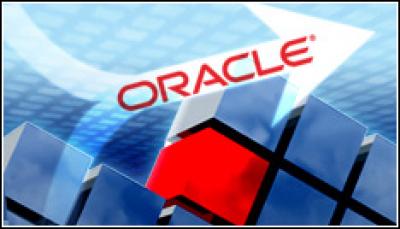Other analysts see Oracle making the right moves with Sun. Nathan Brookwood, an analyst with Insight64, said Oracle officials have gotten rid of Sun projects that showed little promise of making money—such as the Rock SPARC processor—and simplified the way the company designs chips.
“[The sale to Oracle has] given them a lot of focus that was somewhat missing before,” Brookwood said.
That can be seen with the proposed road map for the SPARC processors, he said. Fowler said Oracle has mapped out plans for the processor to 2015. The first of those new chips has been taped out already, and products with them should be coming out in the next 18 to 24 months, Brookwood said.
SPARC plans
In his presentation, Fowler said Oracle will bring SPARC into two server lines, its T Series of energy-efficient systems and its M Series of high-end, mission-critical servers.
Within five years, the transaction processing capabilities of the SPARC processors will be 40 times what they are today, he said. The systems will be able to scale to 128 cores and 16,384 threads. Currently SPARC processors can support up to 512 threads.
“We have a very aggressive [processor] product road map,” Fowler said.
Oracle also will continue supporting x86 rack and blade servers running on Intel chips. “We will continue to aggressively develop both blade and rack server systems for the x86 marketplace,” he said.
This is one area where Oracle’s ownership has helped, Brookwood said. Before the sale, Sun had a wide array of x86 servers running on chips from both Intel and Advanced Micro Devices, but didn’t have the volume of sales to support such a wide portfolio.
Oracle will only focus on Intel processors, which offer the best per-core performance, which is important given that Oracle licenses its software on a per-core basis, rather than a per-socket basis like Microsoft, Brookwood said.
Solaris 11
The rollout of Solaris 11 in 2011 will be the first major release of the operating system since Sun launched Solaris 10 in 2004. There have been numerous updates to Solaris 10 since then, and Fowler said Sun will continue to support it.
“You’ll see us really building on the gold-standard capabilities that are in Solaris today with significant enhancements in virtually every aspect of the system,” he said.
Scalability, maintenance, security and file systems will be among the key areas of improvement in the new operating system, Fowler said.
Oracle will continue to support Oracle VM, its virtualisation technology that enables businesses to run Windows and Linux environments—including Oracle’s own Oracle Enterprise Linux—on SPARC-based systems.
On the storage side, Fowler said Oracle will continue to make improvements. For example, the company plans to increase the capacity of tape storage from its current 1TB to 20TB by 2015.





